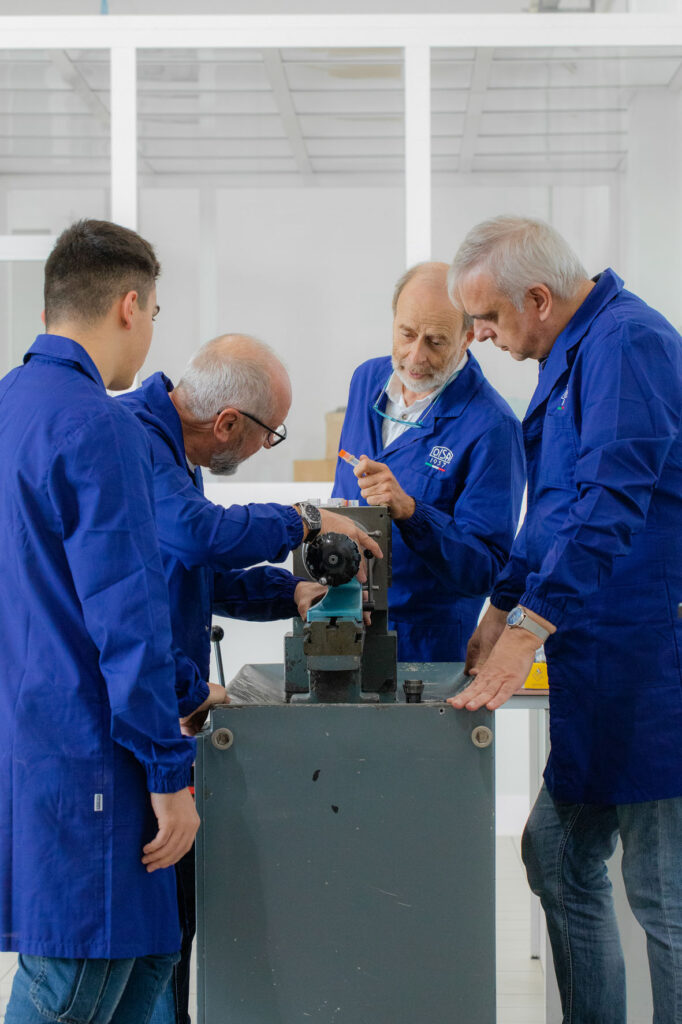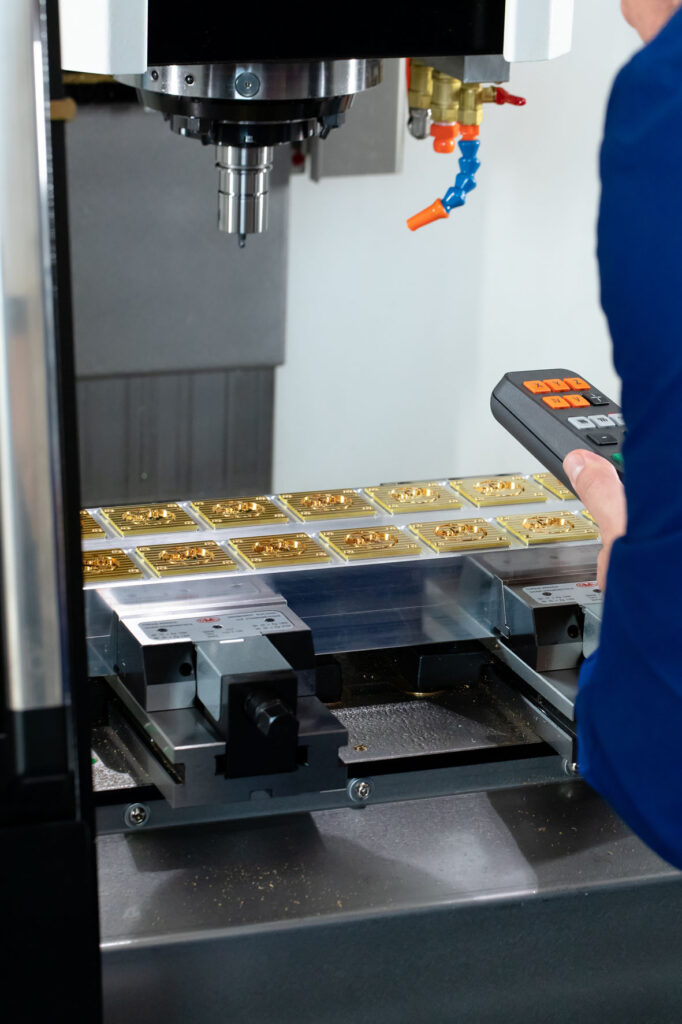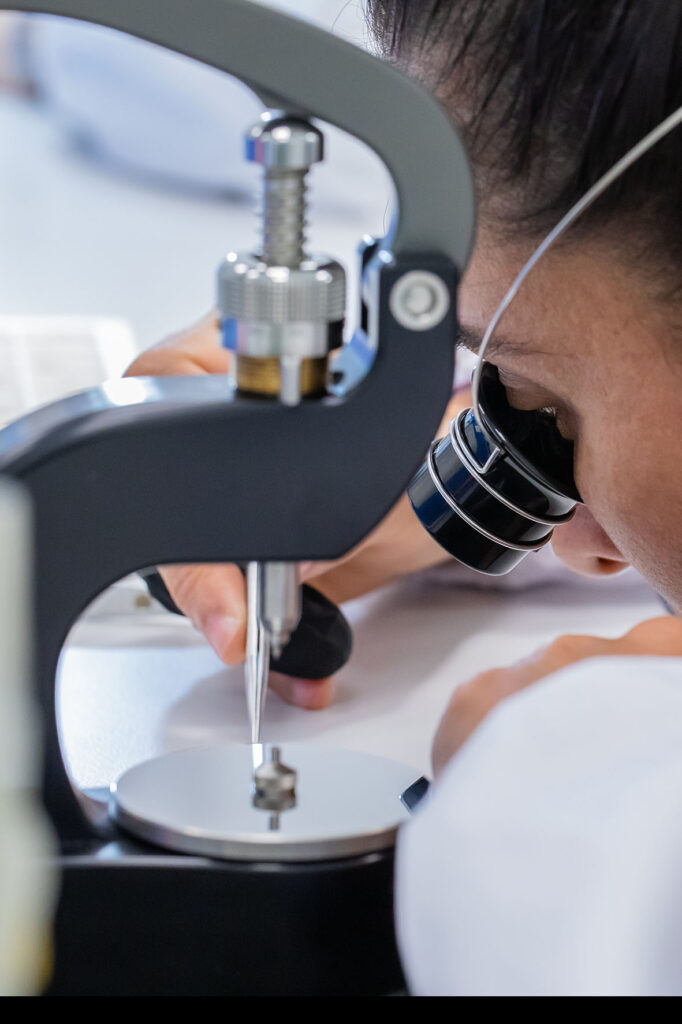OISA 1937 and the fine Italian Watchmaking
7 March 2024Once upon a time, there was an Italian watch industry that amazed even the Swiss for its ability to create movements with refined mechanics and timepieces that were robust, precise and refined. This watchmaking craft was born of a man, Domenico Morezzi, and his industrial creature: the OISA manufacture. A man and a brand whose interesting stories are made of a pioneering past and an ambitious and challenging present.
OISA’S BIRTH
Let’s start with the man. The son of a Piedmontese shoemaker, Domenico Morezzi was born in 1897 and developed his passion for watchmaking in Switzerland where his family moved when he was a child. At only nineteen years old, he graduated as a master watchmaker from the prestigious Tecnhicum institute in Biel. For twenty years he worked for many different Swiss manufacturers, gaining experience that proved invaluable when, in 1937, he returned to Italy and, in Milan, founded OISA, whose acronym stood for Orologeria Italiana Società Azionaria.

Originally located on the Regina Margherita boulevard, the company immediately distinguished itself for a great industrial capacity, uncommon in those years. It produced a large number of movements designed, machined and assembled in-house, patenting and marketing (also in Switzerland) numerous wristwatches. Alongside these activities, the company continued to produce various precision movements and became a supplier to other watch manufacturers – even during the difficult times of the Second World War when Morezzi was forced to move OISA outside Milan to save its machinery and production lines from the Allies bombings.
In the post-war years, the company returned to Milan and its growth led it to move first to Bligny boulevard and, in 1955, to its definitive location at 10 Corso Como. OISA immediately confirmed the impressive production capacity it had already demonstrated before the war; important numbers: around 10,000 movements per month for a total of over 4 million watches sold and more than ten calibres developed in house.
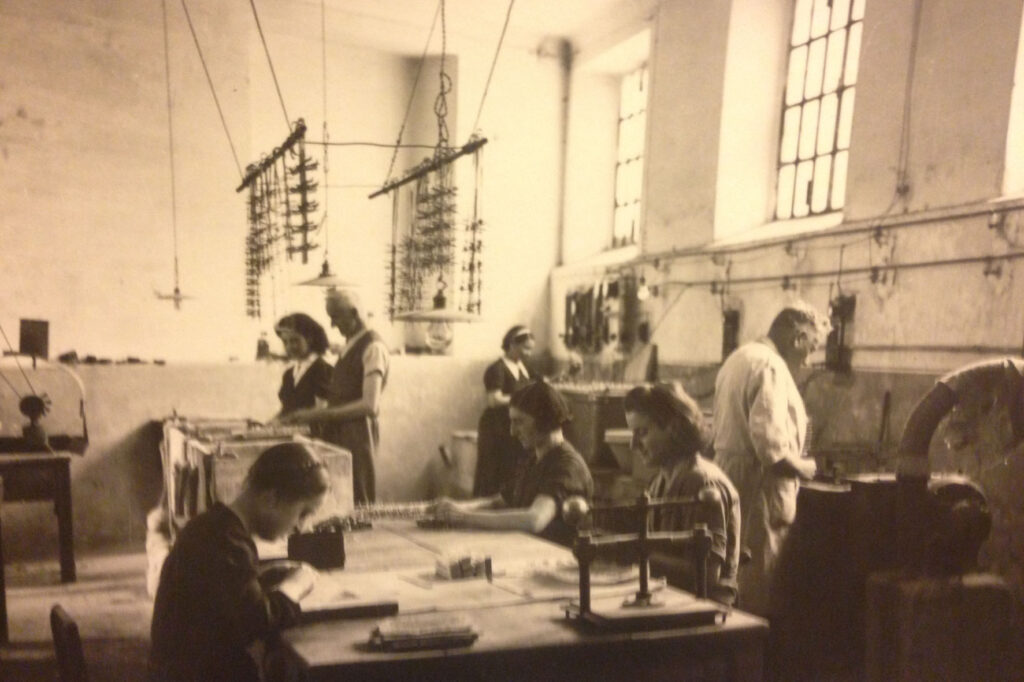
OISA continued production for a decade after Morezzi’s death in 1968. Towards the end of the 1970s, the arrival of quartz movements on the market forced the company to cease production.
FROM OISA TO OISA 1937
Today, OISA has become OISA 1937, a rapidly evolving organisation that makes the company’s historical know-how and manufacturing insights available to the Italian watchmaking industry. The challenge is ambitious: to relaunch the production of movements “Made In Italy”, and to revive the splendour of the Italian mechanical watchmaking tradition. A challenge made possible thanks to the shared vision and support of two industrial partners such as Locman and Officina. Meccanica Futura, the latter owned by Benedetto Perrotta, partner and sole director of OISA 1937.
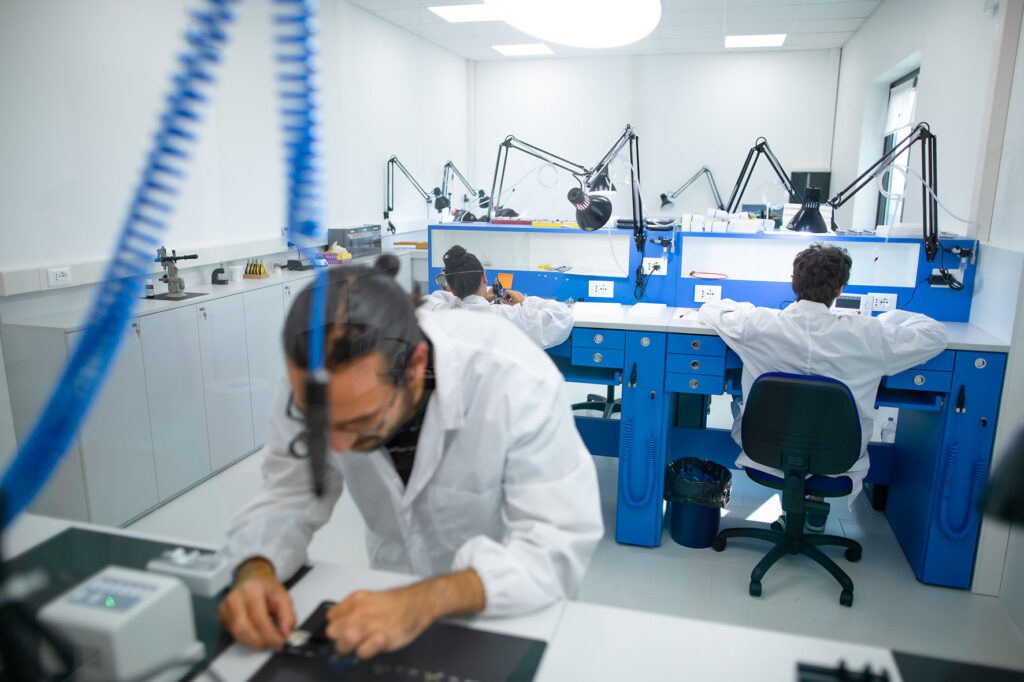
Much better known is Locman, the brand founded by Marco Mantovani on the island of Elba almost forty years ago, whose mission has always been the enhancement of the Italian watchmaking tradition, which has a history stretching back a thousand years. The link between Locman and OISA 1937 has distant and indirect but interesting roots – interesting in understanding the importance of Italian watchmaking mechanics between the first and second post-war periods. In fact, in the decades of its heyday, OISA was both customer and supplier to Genesi, a historic watch factory in Milan now owned by Locman.
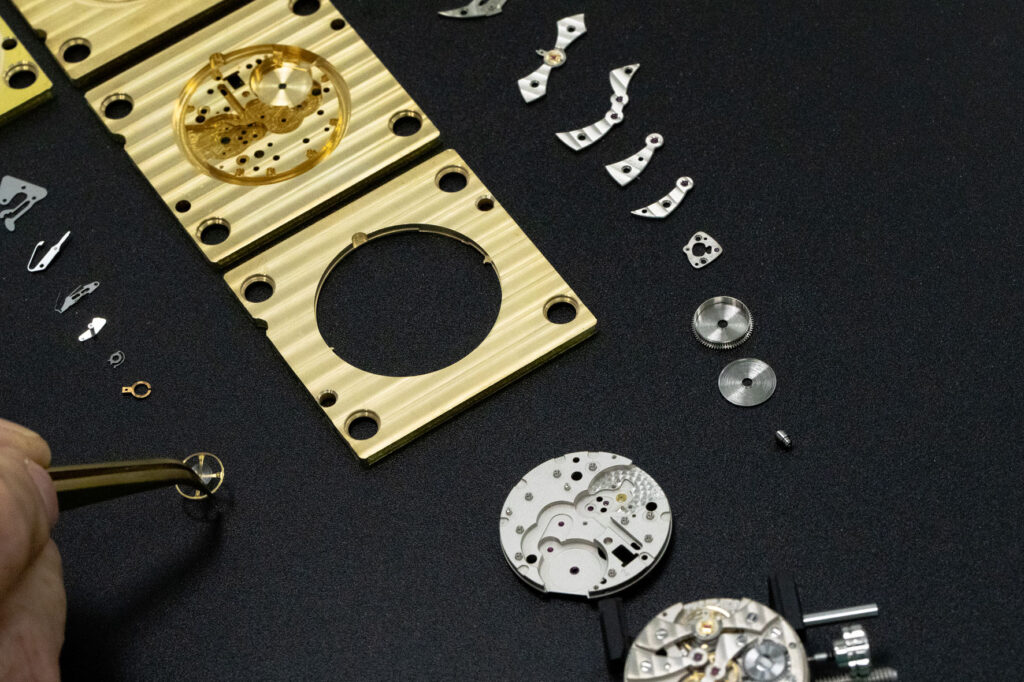
OISA 1937 wants to follow in the footsteps of Domenico Morezzi, an Italian genius who succeeded in creating extraordinarily modern calibres that the company now intends to make available to all brands interested in high-end mechanical movements. For this reason, the technical direction of the manufacture was entrusted to Fausto Berizzi, by virtue of his 30+ years’ experience. Author of complicated movements at Frédéric Piguet, he helped create Hublot’s first manufacture calibre, then worked for Voucher, a movement factory owned by the Sandoz Foundation, close to Parmigiani Fleurier. Also linked to Sandoz is the other company to which Berizzi contributed: Atokalpa, which produces balance springs, balance wheels and other movement parts.
OISA 1937 is today a production site of about 500 square metres, equipped to reach the production of about 10,000 movements with different calibres and models by 2025. The long-term goal is to produce a range of calibres that not only symbolise the “Made in Italy” craft and watchmaking tradition, but also guarantee a high level of quality, precision and reliability. The first step towards this goal is called the 29-50 Cinque Ponti calibre.
THE 29-50 CINQUE PONTI CALIBRE
A high-end movement that comes from afar and which, again, hinges on Morezzi’s skills. He, in fact, designed and built avery significant innovation, a system of force transmission (from the barrel to the gear train) that prevents unnecessary perturbations to the escapement and balance wheel. It is separate from the hour and minute gears, which are driven directly from the barrel on the opposite side of the main plate. This system meant a significant reduction in the thickness of the gears, thus allowing the design of a very slim watch.
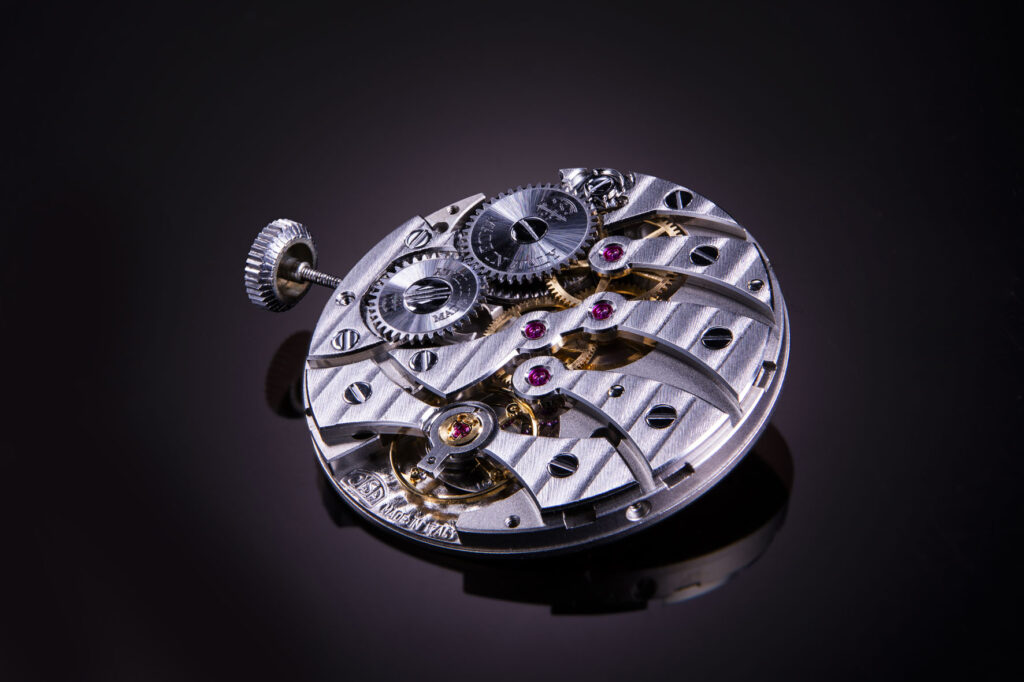
The current 29-50 Cinque Ponti calibre was born on the technical basis developed in the 1960s, with revised mechanics, a modernised choice of materials, and renewed aesthetics. It is an ultra-thin hand-wound 13-line movement with a diameter of 29.50 mm and a thickness of 3.50 mm. Mounted on 19 jewels, it is made of brass and has a 60-hour power reserve.
In addition, it can be customised according to the customer’s needs, both in terms of materials – thanks to the possibility to insert some gold components – and in terms of hand-made finishes. Moreover, the engineering of the calibre 29-50 Cinque Ponti makes it potentially versatile.
THE 29-60 AUTOMATIC CALIBRE
This new calibre will be available later in 2024 and, in addition to being Made in Italy, is characterised by the fact that it is the first automatic movement ever developed in Italy. It is based on the precise and reliable Calibre 29-50, not a casual choice as it represents a deliberate continuity towards excellence, with the aim of further raising performance and reliability standards in the watch industry.
The intrinsic qualities of Calibre 29-50 have been integrated into the design, enriching it with innovations that extend its capabilities and functions. The power reserve of more than 60 hours gives the user the freedom to leave the watch at rest for more than two days without the risk of it stopping. A major advantage for those who do not wish to rely on the manual winding procedure, or the use of a watch winder on a daily basis.
The introduction of a smooth barrel is further testimony to the innovation brought by the OISA calibre. This design choice eliminates the risk of wear and tear, a critical aspect for traditional mechanical movements, thus ensuring greater longevity and reliability of the winding mechanism. This innovation, together with the optimised frequency of 3.5 Hz, ensures that the movement maintains its precision over time. The calibre has a diameter of 30.2 mm and a thickness of 5.75 mm and is mounted on 27 jewels.
But this evolution is not limited to pure mechanics. The calibre has been designed to accommodate a series of additional modules, starting with the innovative implementation of the date display. This module, featuring a ball date display with push-button corrector, not only expands the functionality of the watch, but does so in an elegant and intuitive manner, adding an unprecedented level of interaction and practicality. This first step in the expansion of complications paves the way for future additions such as an annual calendar, moon phase and power reserve display – making the OISA Calibre 29-60 a truly versatile platform adaptable to the needs of a wide and diverse clientele.
OISA 1937 AND LOCMAN
Faced with the importance of this historic step for Italian watchmaking and the beauty of the OISA 1937 movement, OISA’s partner Locman took the opportunity to embed the 29-50 Cinque Ponti calibre in the watches of its most precious collections. We are talking about the Locman X line and the Aethalia andDecimo Canto collections. The movement also equips the most precious watch in Locman’s iconic Montecristo collection: the Montecristo OISA 1937, produced in two versions: one with a steel and titanium case (limited to 370 pieces) and one with a gold case (limited to 37 pieces).
A choice that, as Marco Mantovani comments, confirms OISA 1937’s vocation to become a reliable and valuable supplier of high-end calibres: “In addition to Locman, other major Italian and international companies are buying OISA 1937 movements to add quality and prestige to their watches. This is the real goal of the project, and a source of great satisfaction for us.”
By Davide Passoni




